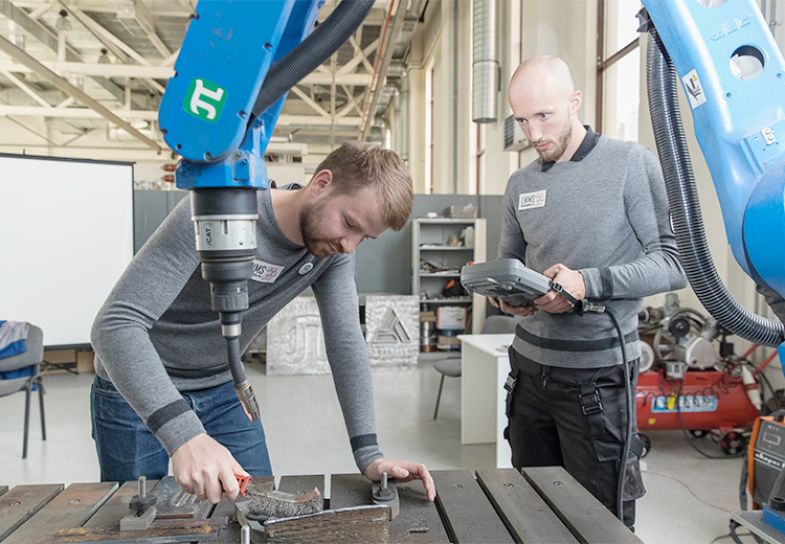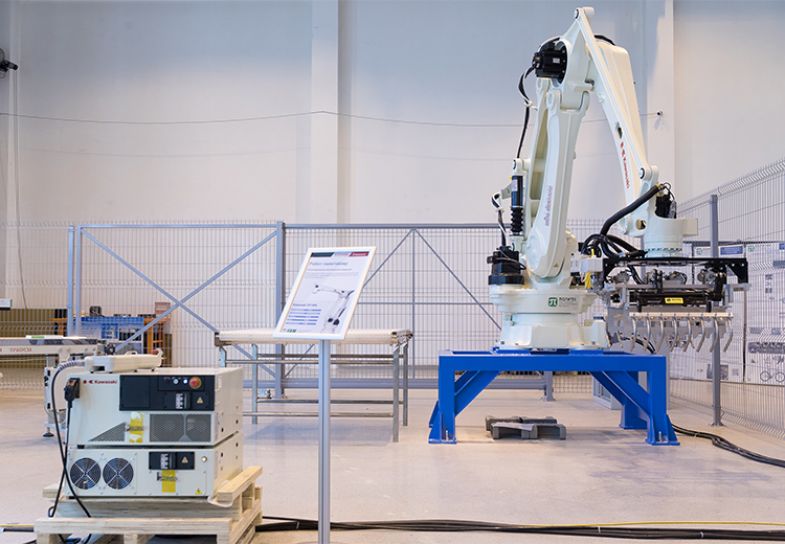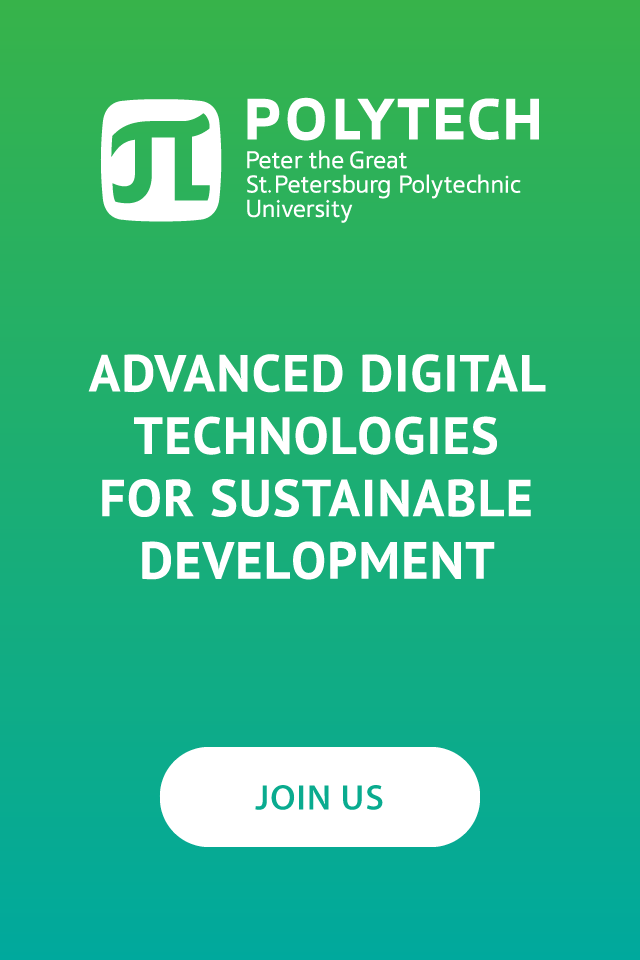Peter the Great St. Petersburg Polytechnic University has established the Center of Additive Technologies, one of the largest in Russia and Europe; thanks to that, within a short period of time the university could adhere to the leaders in the field of additive production in Russia.

Additive technologies are rightfully considered as the catalyst for a new technological revolution in industry. As part of the work commissioned by the All-Russian Scientific Research Institute of Aviation Materials (VIAM) and UEC-Klimov JSC, Polytechnic University was the first in Russia to produce from titanium powders alloys prototypes of a turbine blade, air flow swirl and bearings for an advanced helicopter engine using additive technologies.
Together with VIAM and Bauman MSTU, Polytechnic University established the New Materials and Additive Technologies Research and Production Consortium. Its goal is to combine the capacities, resources, and intellectual potential for the comprehensive and consistent development of advanced production technologies in the field of new materials and additive technologies and their implementation in the real sector of the Russian economy.
The additive technologies not only provide for the development of industry but also help people. Polytechnic University together with the Russian Vreden Scientific Research Institute of Traumatology and Orthopedics produced with the help of additive technologies the first in Russia hip implant of individual construction. Based on the computed tomography of the patient’s pelvis, a 3D model was formed and then printed; it exactly coincides in size and shape with the bones of the patient’s pelvis.
As part of its interaction with the space and rocket industry, Polytechnic University conducted research on the development of technology for manufacturing the inner shell of the combustion chamber of an advanced liquid rocket engine made from heat-resistant copper alloy. The construction is a geometrically-complex unit with many internal channels of multifarious geometry. Within a few days, using the technology of selective laser melting, the final product was produced in accordance with its computer model, while it takes months to produce a similar unit by traditional methods.
International collaboration also stimulates the development of additive technologies. In 2017, the grand opening ceremony for the Research and Education Center for Additive Technologies took place in Changxing (China). SPbPU, together with the Chinese ENV company, organized the pilot production. Later on, a specialized Department of New Materials and Additive Technologies was established at SPbPU; graduate and postgraduate students study at the specialized department in Russia, while internship and on-the-job training they take at the ENV Company.
The construction of a large factory for the production of lithium-polymer batteries is nearing completion in Changxing. Its technology is based on the Polytechnic University’s developments in the field of materials science. Presently, SPbPU scientists are working on the technology for the manufacture of electrodes for miniature lithium-ion batteries by inkjet printing. The ongoing research contributes to the creation of power sources for biosensors, wearable electronics, and other miniature devices.

The onrush of additive technologies around the world has affected the education: in 2019, Polytechnic University launched a new international educational program in English named “New Materials and Additive Technologies”. The program is implemented at the Institute of Mechanical Engineering, Materials and Transport. Graduates of the new international Master’s degree program will get job opportunities at Russian and foreign industrial companies related to any field of materials science. They should also be able to continue research as part of Russian and international scientific groups.





